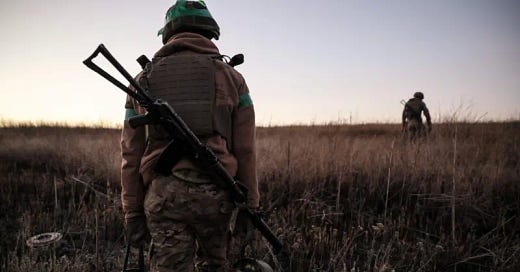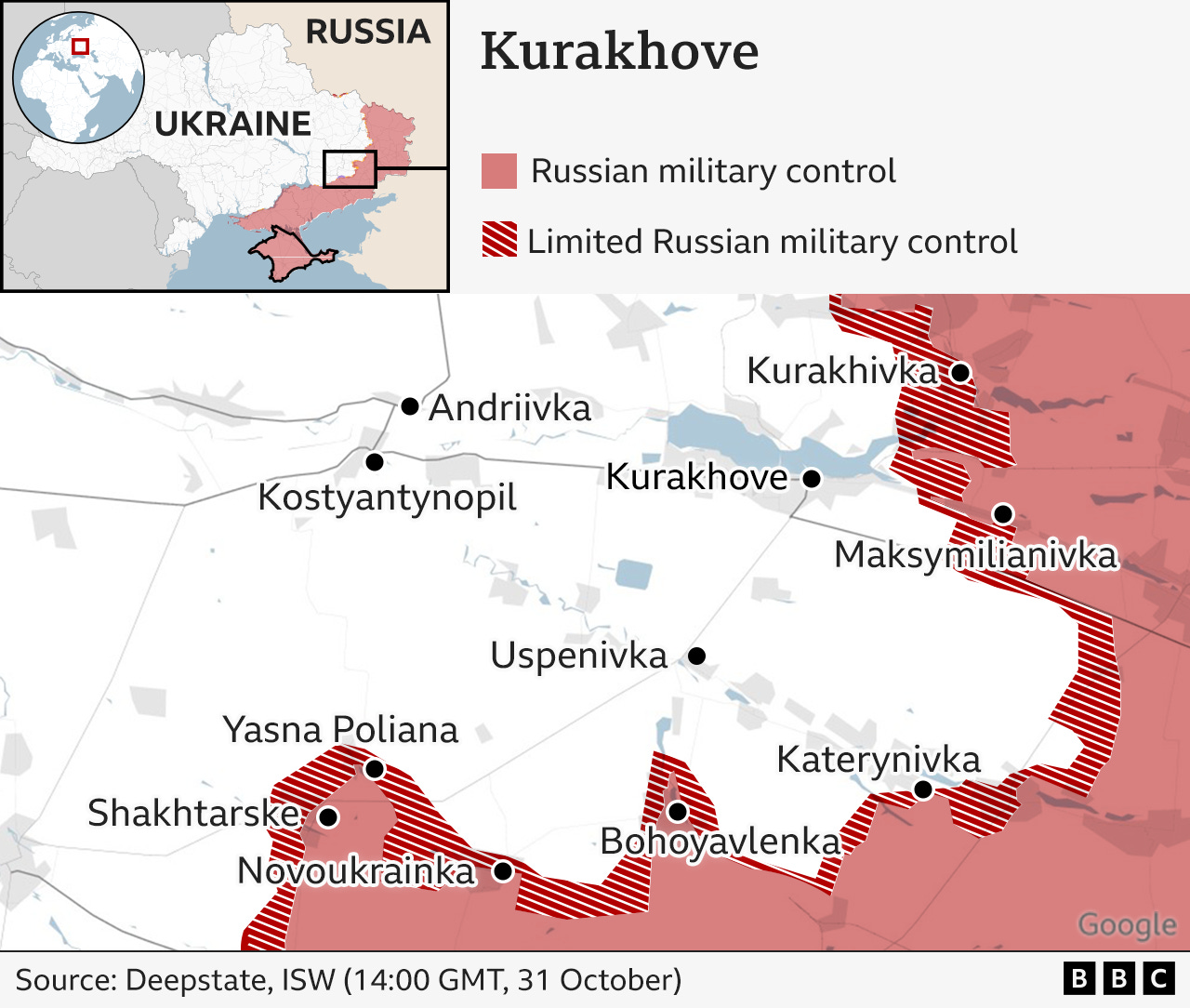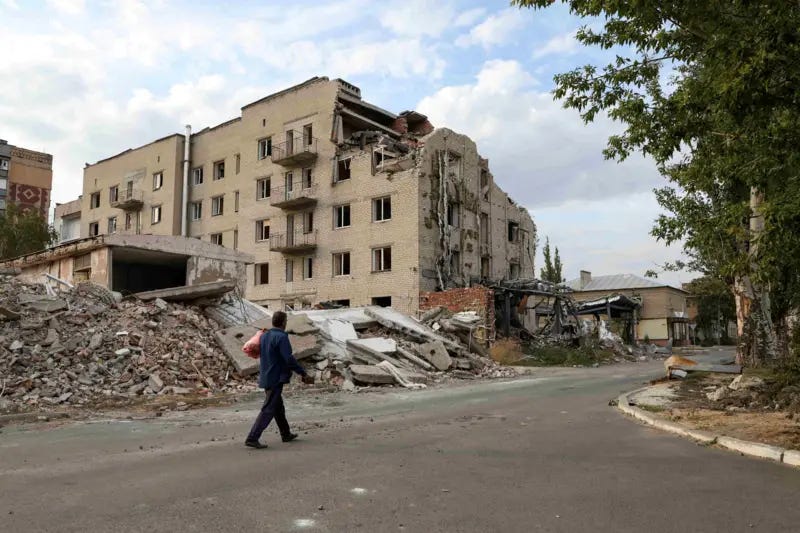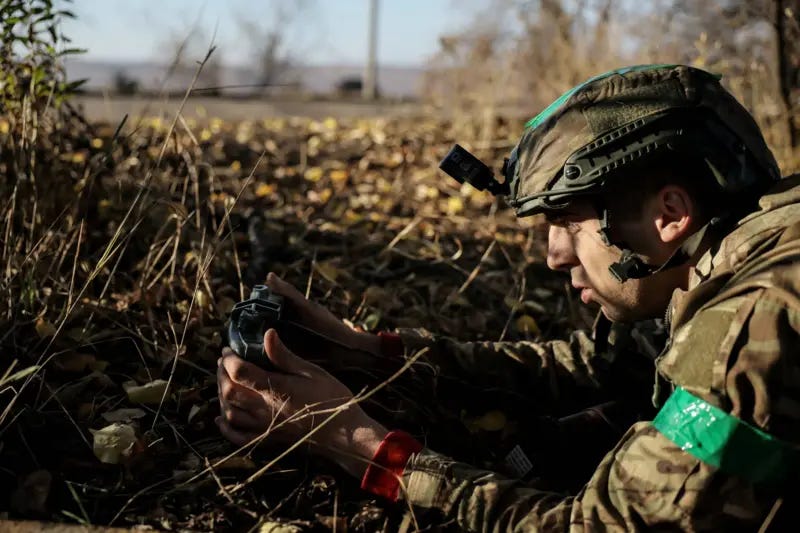The ‘Grinding Jaws’ of the Russian army: have Ukraine’s defences in the Donbas really ‘fallen to pieces’?
On the eve of US elections, monitored closely in Kyiv and Moscow, we take a snapshot of the state of the frontline today.
Oleh Chernysh, BBC Ukrainian Service.
The Russian army has significantly accelerated its offensive in the Donetsk region, taking control of a substantial amount of ground in the first two months of autumn – reportedly more than at any point since the initial full-scale invasion.
A number of Ukrainian politicians and military figures have openly spoken of the front ‘falling to pieces’.
“Everyone knows it – this is not a military secret,” stated General Dmytro Marchenko at the end of October. He was in charge of the defence of the city of Mykolaiv at the beginning of the war.
“The collapse of the front”, in his view, was down to short supplies of men and ammunition, as well as “unstable command and control” because of frequent swaps in commanding officers and the deployment of poorly-prepared units to unfamiliar areas – such as to the fighting near Vuhledar, which was lost last month.
Russian propagandists and ‘Z-channels’ were quick to pick up on the idea that the ‘front is falling apart’ – and so were some political players and war reporters in Ukraine.
But do we really know what is happening on the eastern front? The true picture may be more subtle – and less predictable.
Preparation for a decisive assault
The Russian defence ministry reported on October 29th that the town of Selydove, 15 kilometres from Pokrovsk, had been captured. Ukrainian forces had clung on there for a long time, but Russian troops spent the latter half of the month flanking the town to cut off supply routes before storming into residential areas.
The Ukrainian military appear to have withdrawn to avoid encirclement. There was no comment from the General Staff, but analysts close to the Ukrainian command confirmed that the whole of Selydove was swiftly occupied by enemy soldiers.
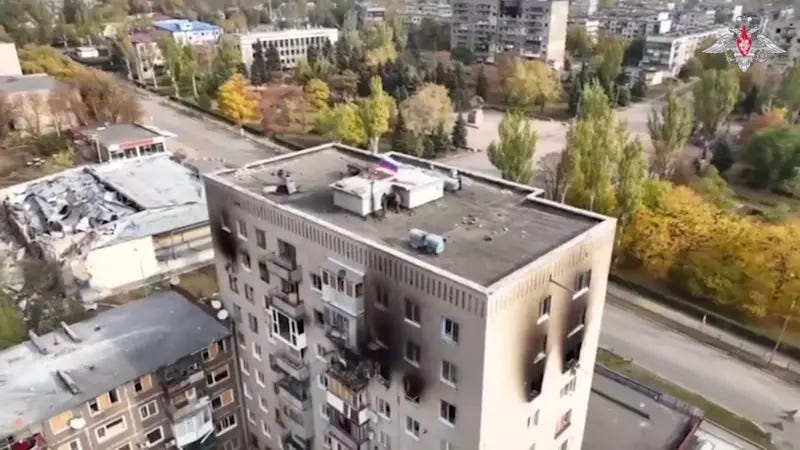
The fall of the town opens a route into the south of Pokrovsk and permits further advances towards the northern outskirts of Kurakhove. Both are important logistical and industrial hubs in unoccupied Donbas. A highly-placed source in the Ukrainian command said that these populations centres will probably be the focus of Russian attacks for the immediate future.
As of today, Pokrovsk stands a mere six kilometres from the front. Russian military bloggers claim their army is already attempting to establish footholds in the southern edges of Kurakhove.
We understand that the Ukrainian military is despatching additional units to defend both locations. The concern is that the Russians may try to repeat the tactic at Vuhledar and Selydove, and flank both towns instead of launching a head-on attack.
Colonel Yevhen Sasyko, former head of the Strategic Communications Department of the Ukrainian General Staff, calls the Russian manoeuvre “grinding jaws.” Powerful ‘jaws’ are created on the northern and southern flanks, that gradually ‘grind through’ the city defences until it falls.
Around Kurakhove, the scenario might involve an attempt by Russian forces to bypass the city on the west, near two villages on the Zaporizhzhia-Donetsk highway: Andriivka and Kostyantynopil. Their troops are currently advancing toward this crucial Ukrainian supply route from both the south and north simultaneously - only about 11 km remains in both directions till they reach the road.
"I hope that Ukrainian counterstrikes near Andriivka can prevent a 'Kurakhove pocket' from forming, and there won’t be a chance to ‘grind the jaws' there," Col. Sasyko put it.
Russian forces have a second and simpler option, bypassing the Kurakhove reservoir and sealing off the roads passing through the village of Uspenivka to the south of the town. The final supply route near Shakhtarske has already been cut off.
Near Pokrovsk, the situation is also looking tough for the Ukrainians. A rapid Russian advance on the city in late summer was arrested by bringing in reserves, and the enemy was unsuccessful in attempts to cut off the crucial road linking Pokrovsk with Kostiantynivka.
But the fear is now that Selydove has fallen, Russian units may again concentrate on this area, passing Pokrovsk from the south along a tributary of the River Solyenaya and the railway tracks in the direction of the settlements of Novotroitske and Shevchenko.
Serhiy Dobriak, the head of the military administration of Pokrovsk, said on October 30th that fortifications were being built near the town. Passage in and out would be temporarily suspended. The train station, previously the focus of evacuation efforts from the region, was closed in early September.
“Fortifications are being built in Pokrovsk, and we are moving into the city. Some parts of it will be blockaded,” he told journalists. “Several defensive lines have already been constructed, to partially block streets and neighbourhoods.”
Dobriak said around 80% of Pokrovsk’s pre-war infrastructure had been destroyed by shelling, but nearly 12,000 residents remained, including 55 children. The figure is down from around 30,000 in early September, and from a population of more than 60,000 before Russia invaded.
Can we say the front ‘collapsed’?
Information gathered by analysts for the German newspaper Die Welt suggest that Russia has captured 478 km2 since early October – which would be a record amount of territory since initial active combat ended in March 2022.
The DeepState project, close to the Ukrainian authorities, notes the capture of around two dozen settlements, including Vuhledar and Selydove.
But the Israeli military expert, David Handelman, suggests a better description of what is taking place: it is a Ukrainian withdrawal in the face of enemy advantages in manpower and air superiority. He notes that the advance of Russian ground forces is actually quite slow.
“Statements about a ‘collapsing’ front are mostly emotional. There’s still a long way to go before a genuine collapse,” Handelman told the BBC.
In the course of the war, in fact, the front has properly ‘collapsed’ only once — and that was on the Russian side.
“The last time something like this happened was in the autumn of 2022, when Ukraine made a breakthrough in the direction of Kharkiv,” he says. “That’s when the front truly fell apart over a substantial area.”
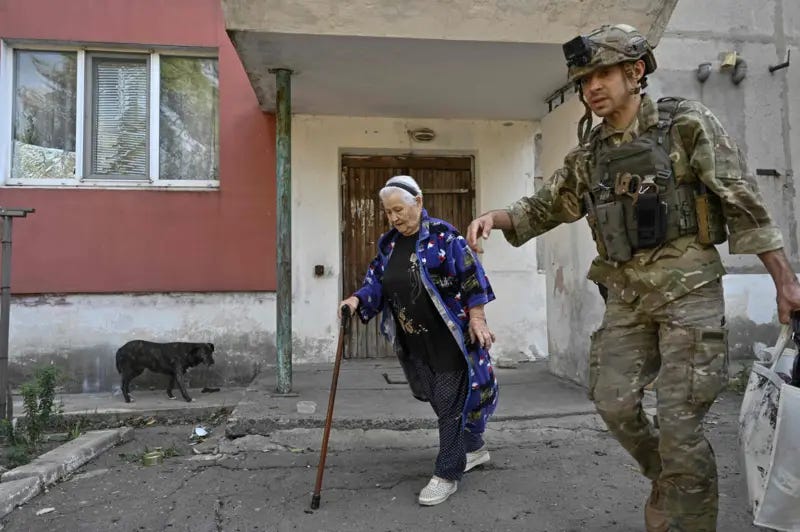
The events he refers to were in September 2022 when Ukrainian troops broke through defences near the town of Balaklia and cleared a lot of ground in a very short time. At times, the Russian retreat was chaotic, with men surrounded and a lot of weaponry and ammunition abandoned.
But the Ukrainian withdrawal from population centres in southern and central Donbas was largely organised. Rearguard actions have been mounted to delay Russian advances when clinging onto territory would have cost heavy losses.
The approach is in sharp contrast to the tactics of the past, especially during the battles for Bakhmut in 2023, where the Ukrainians lost many well-trained men in prolonged urban combat.
A shortage of personnel, in fact, is the chief problem facing Kyiv at present, Handelman says. Forces are spread thinly on multiple fronts, allowing the Russians to exploit gaps between units, or to wear down exhausted defences.
Mykola Sunhoryvskyi, a retired colonel, is director of military programmes at the Razumkov Centre. He says the Russian offensive in the Donbas has revealed other shortcomings beyond mobilisation problems.
“I agree, this is not a front ‘collapse’, but there are indeed serious deficiencies and significant problems. It all depends on how quickly and effectively the authorities respond to them,” he said.
Sunhoryvskyi highlights inadequate training among the command staff of the Ukrainian Armed Forces, management problems, and military organisation issues. Some of these are already being addressed by the military command, but active measures are also called for if the political leadership in Kyiv is to establish a functioning military machine.
So in these circumstances, can the Russians be staved off from occupying Pokrovsk and Kurakhove?
“If we’re talking about the short-term, yes: it is possible through the use of operational and strategic reserves,” Sunhorovskyi says. “But they are not yet all fully prepared. On top of that, I understand that they were formed for a winter-spring counteroffensive. There’s strong reluctance to deploy them immediately, as this would affect the forward plans of Ukraine’s army.”
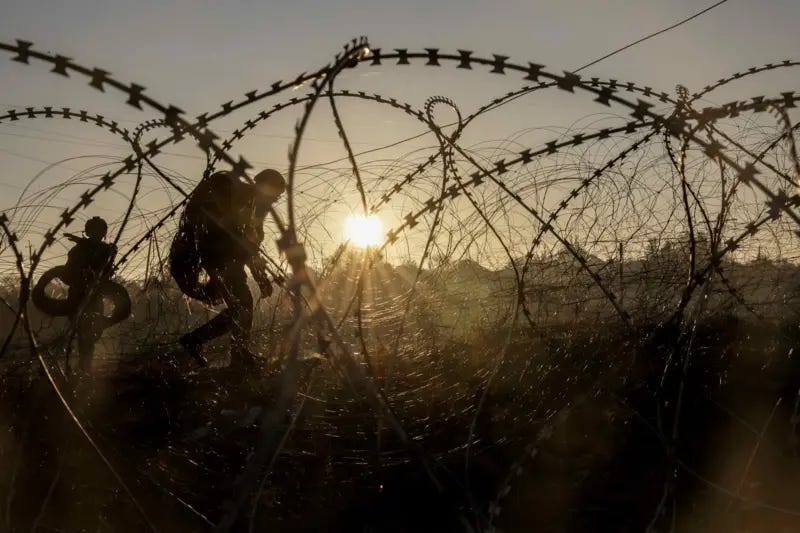
The situation at the front is “very bad,” a source in Ukraine’s political leadership admits. But the hope is first of all that the Russian offensive will be slowed down by bad weather early this month.
Secondly, the fog of uncertainty about the course of the war which has been cast by the US elections will soon dissipate.
“The situation is very bad, but not catastrophic,” the administration official summarises. “But I want to emphasize that it’s not a catastrophe yet.”
The source did not rule out the capture of Pokrovsk and Kurakhove in coming months. But he stressed that the overriding goal is not just to preserve Ukraine as a state, but also to avoid the loss of more regional centres.
He was presumably referring to Kherson and Zaporizhzhia. Vladimir Putin considers them Russian territory and has publicly called for the withdrawal of Ukraine’s soldiers from the cities.
This is a translation of an article originally published on the BBC Ukrainian Service website. That piece can be read here.
You can read this story in Russian here.
English version edited by Chris Booth.

